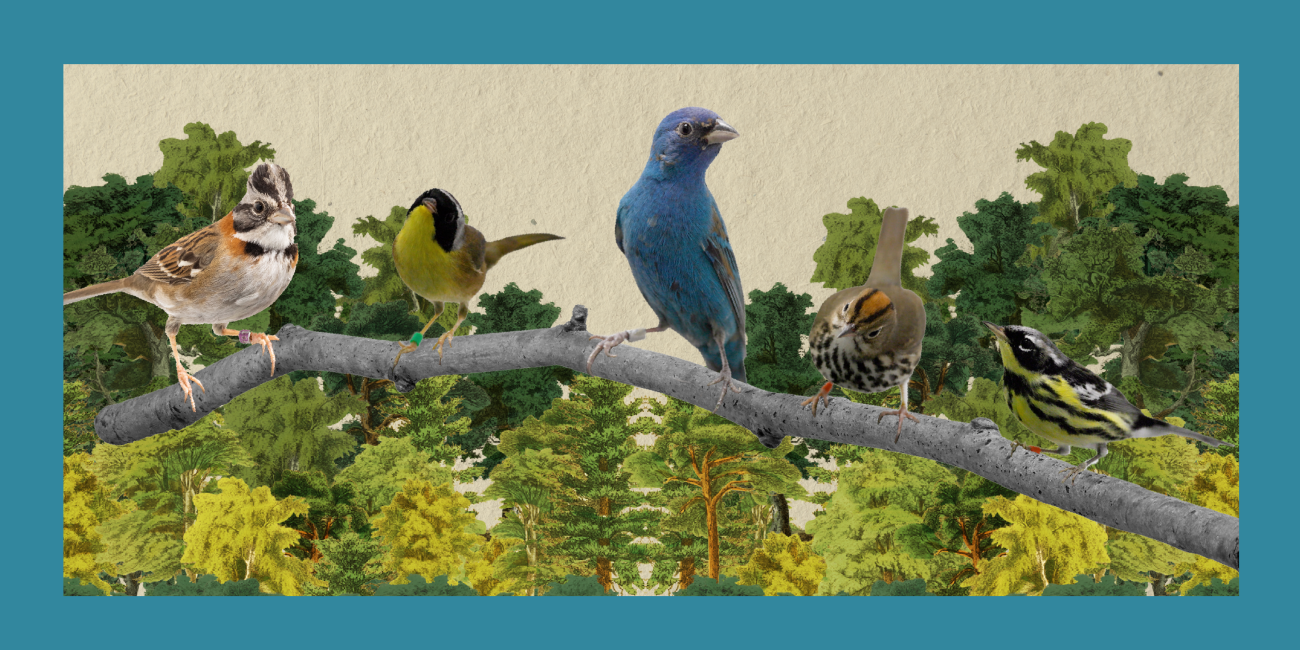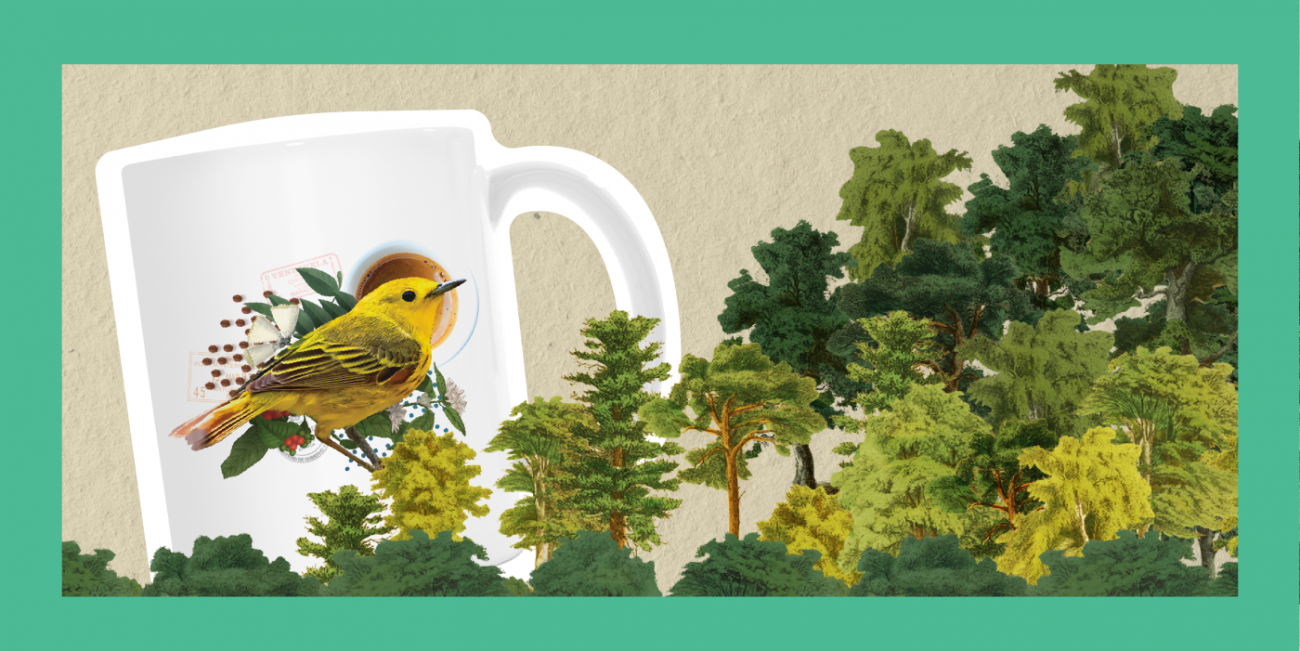Meet the Birds Supported by Bird Friendly Coffee Farms
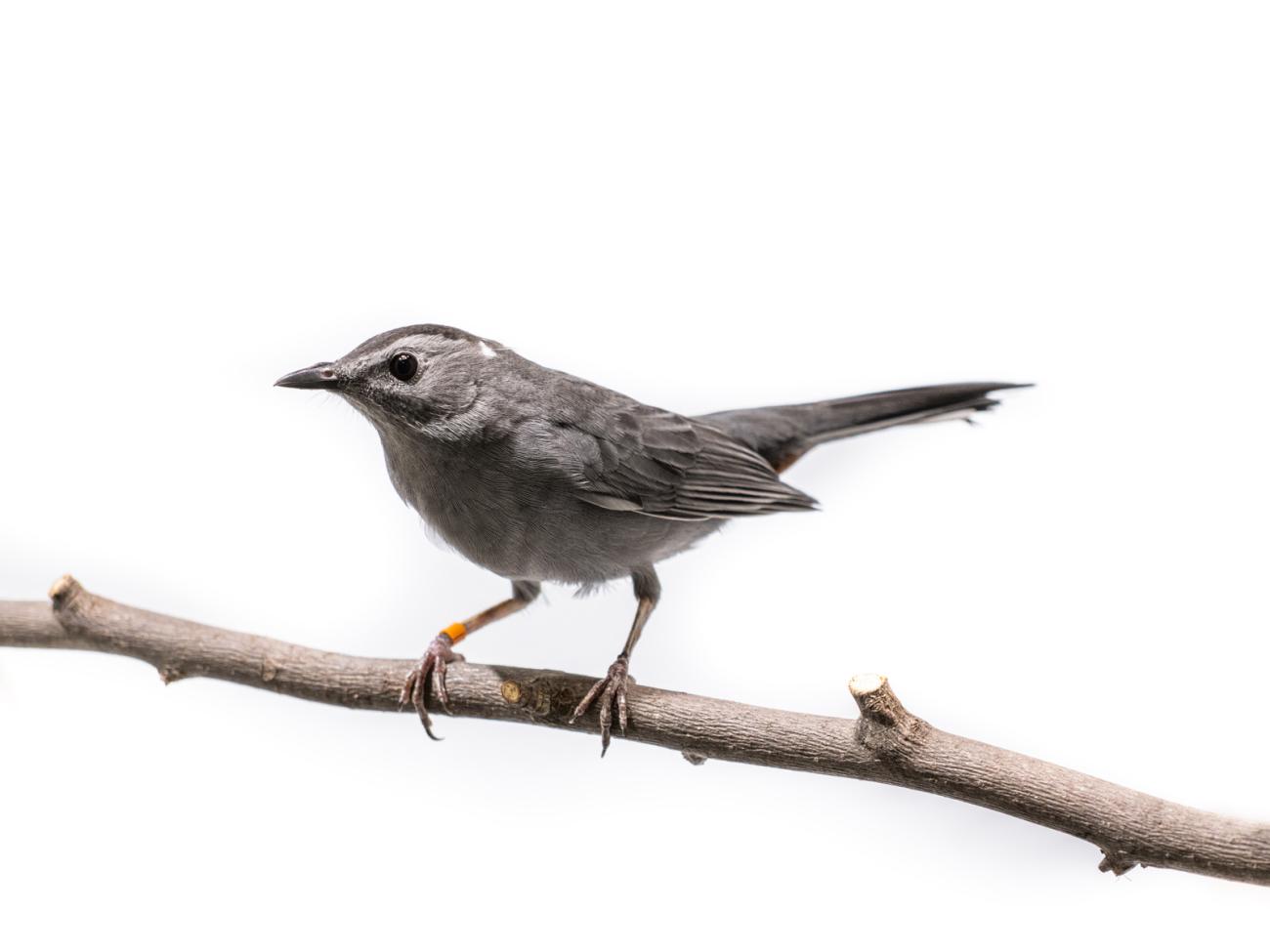
This common gray bird with its characteristic "mew" call packs into coffee plantations in Central America and the Caribbean, where it can be found eating insects and berries in the coffee plants and the understory.
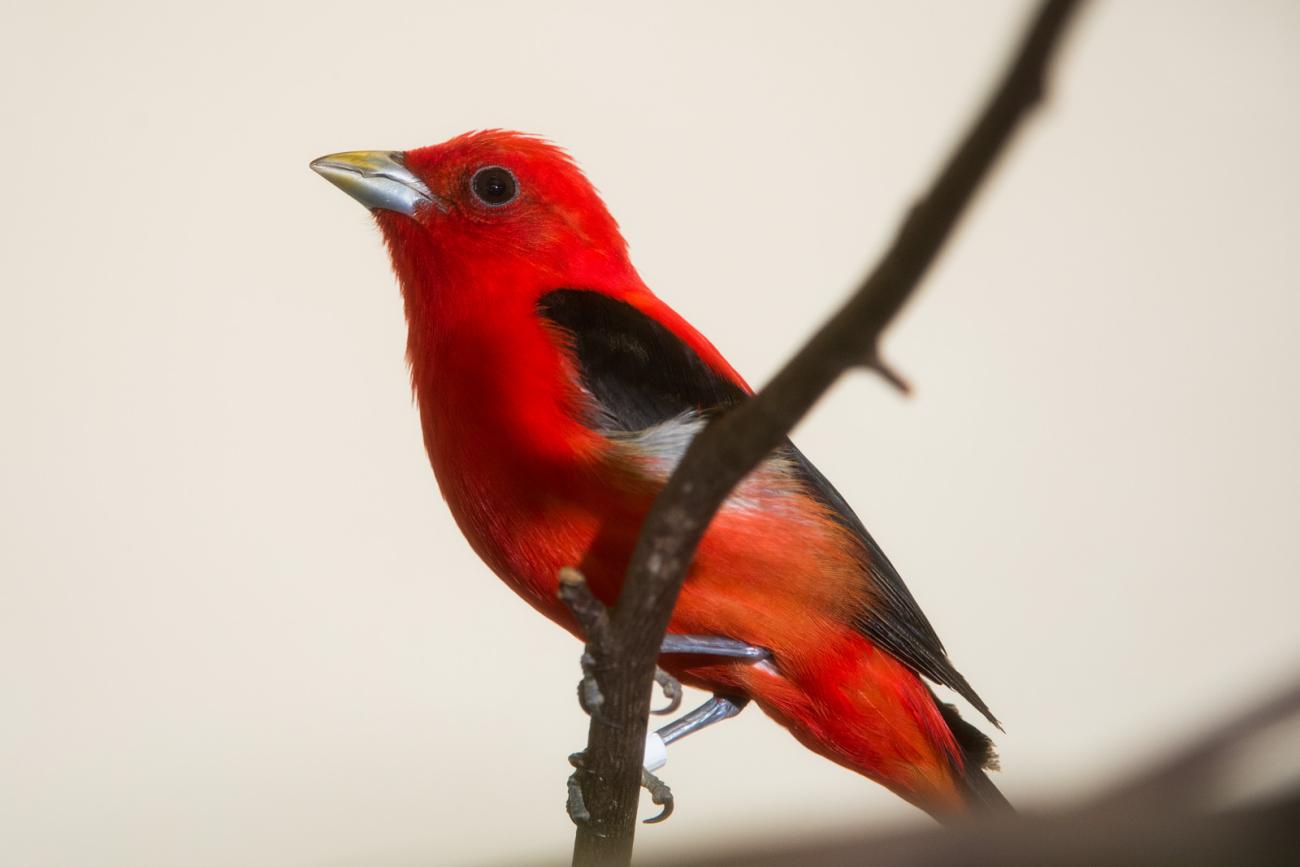
These brightly colored tanagers are a favorite among birdwatchers in North America. They change their plumage to yellow and black while migrating to their winter homes among coffee farms of South America, where they eat both insects and wild fruits found in the shade trees above coffee farms.
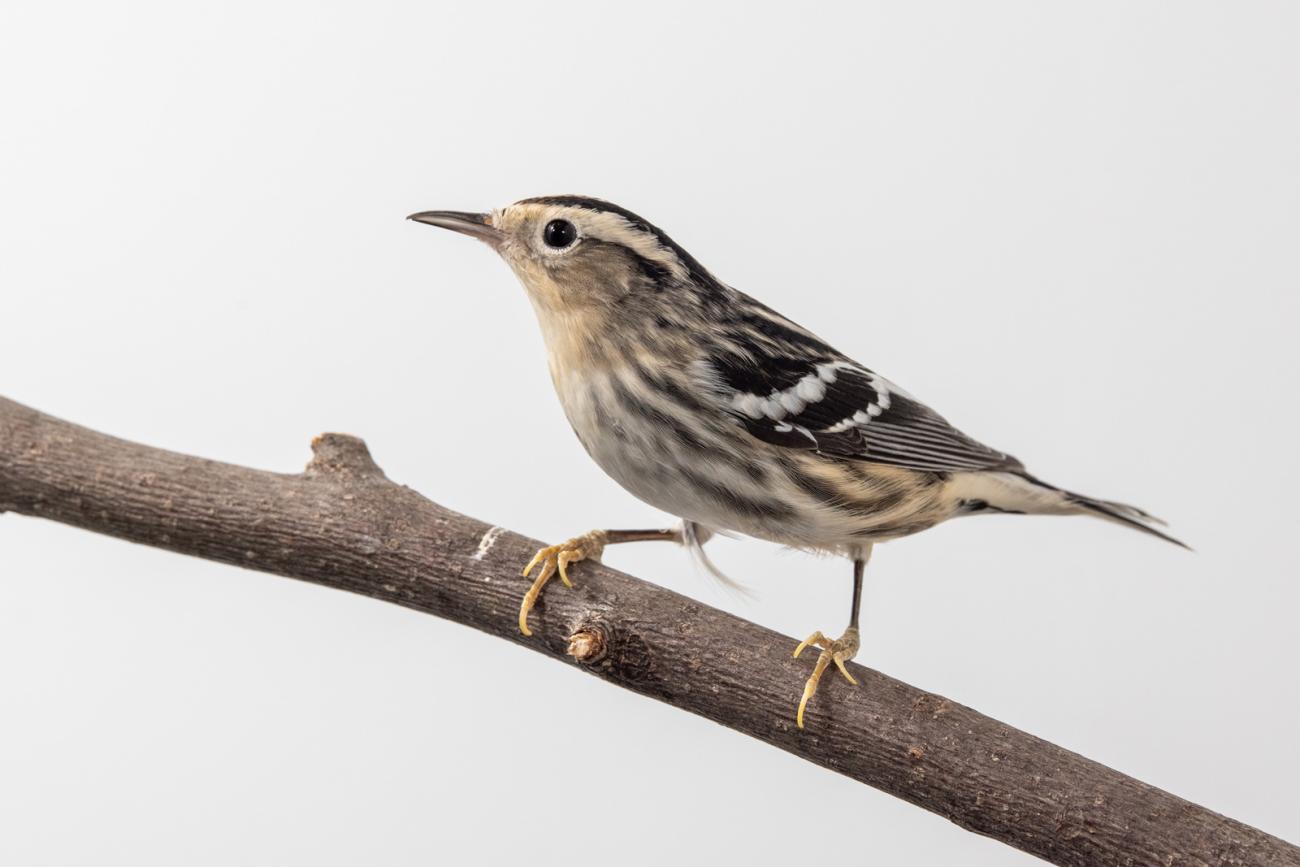
This tiny warbler can be found creeping up the trunks of trees and branches throughout coffee farms, eating insects found hiding in the bark.
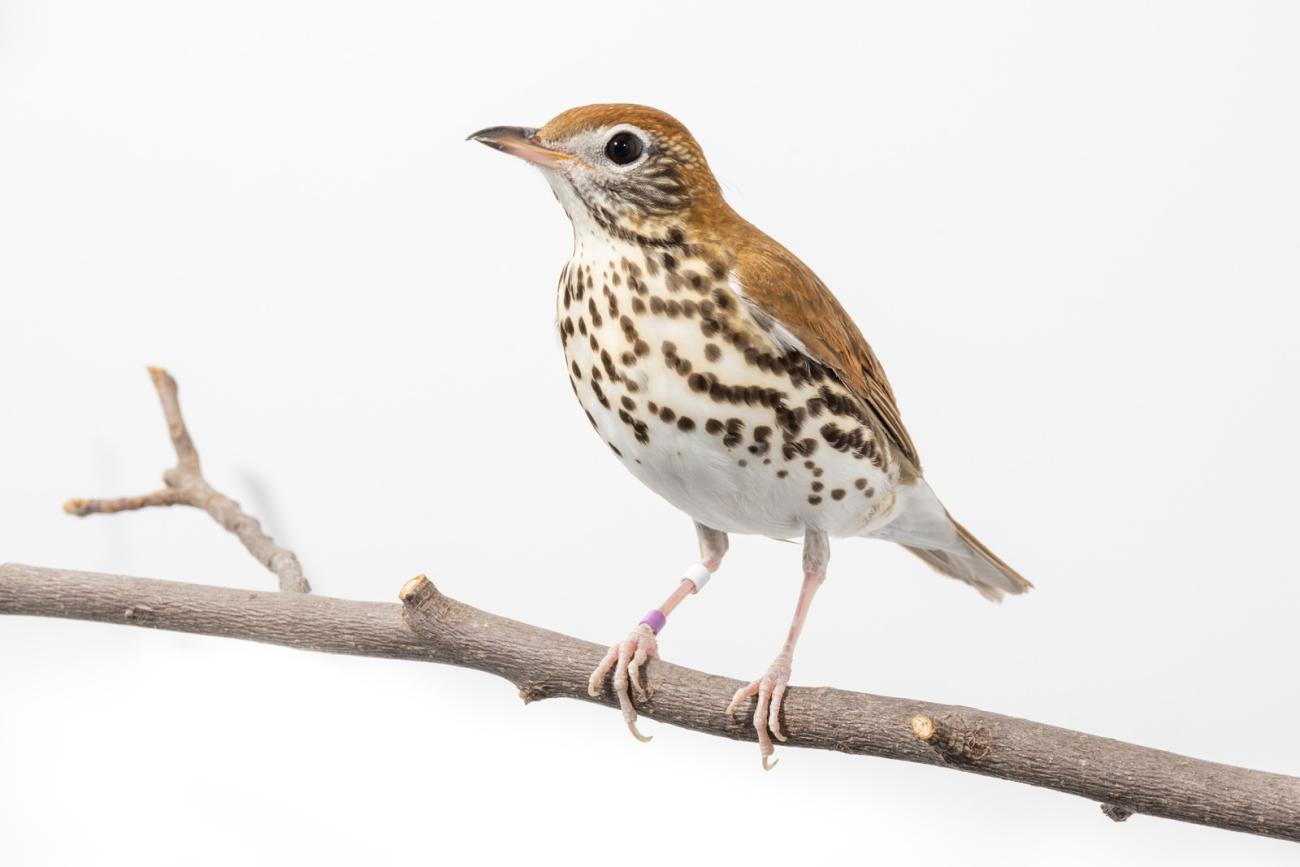
The characteristic fluting song of the breeding wood thrush is not heard in its wintering range. It is a common but often overlooked bird in coffee understories where it forages among the dead leaves for insects.

The weeping call of this small flycatcher echoes throughout the Peruvian coffee landscapes where it spends the winter snatching flying insects above the coffee from conspicuous perches on dead branches.
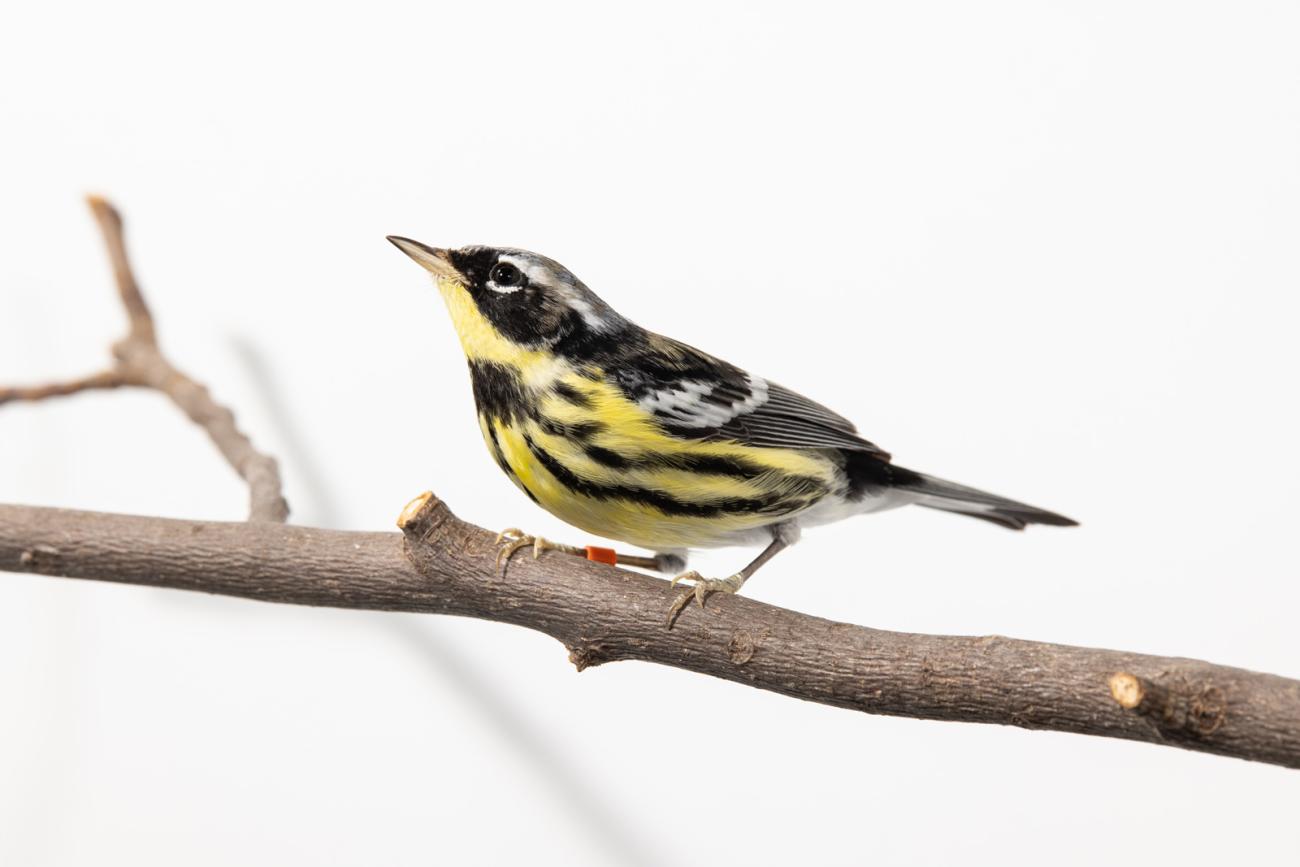
This small and beautiful warbler is one of the most common residents of Honduran coffee farms where it searches for insects among the leaves of coffee shade trees and the coffee plants themselves.
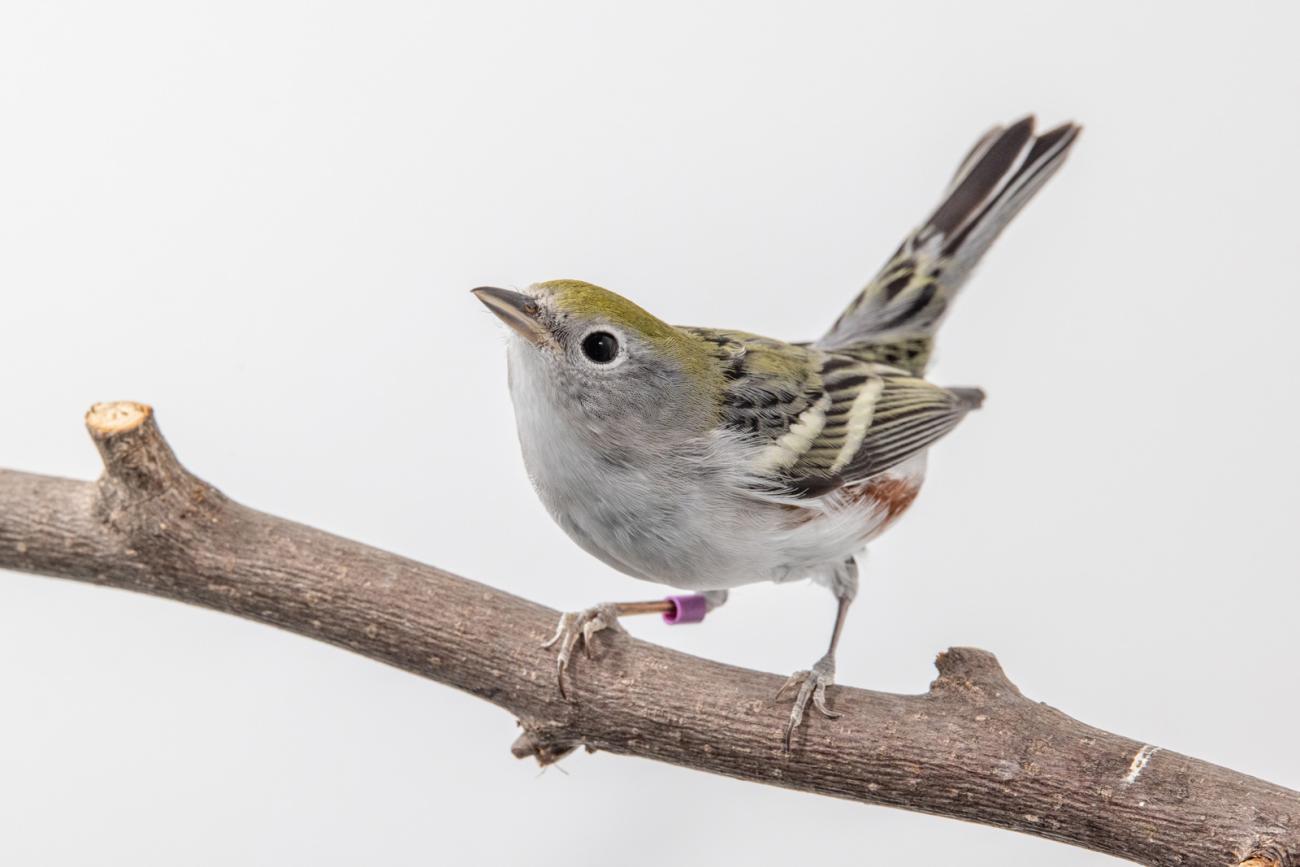
This small warbler can be found in mixed-species flocks traveling through the canopy above coffee farms where it searches for insects on the underside of shade tree leaves.
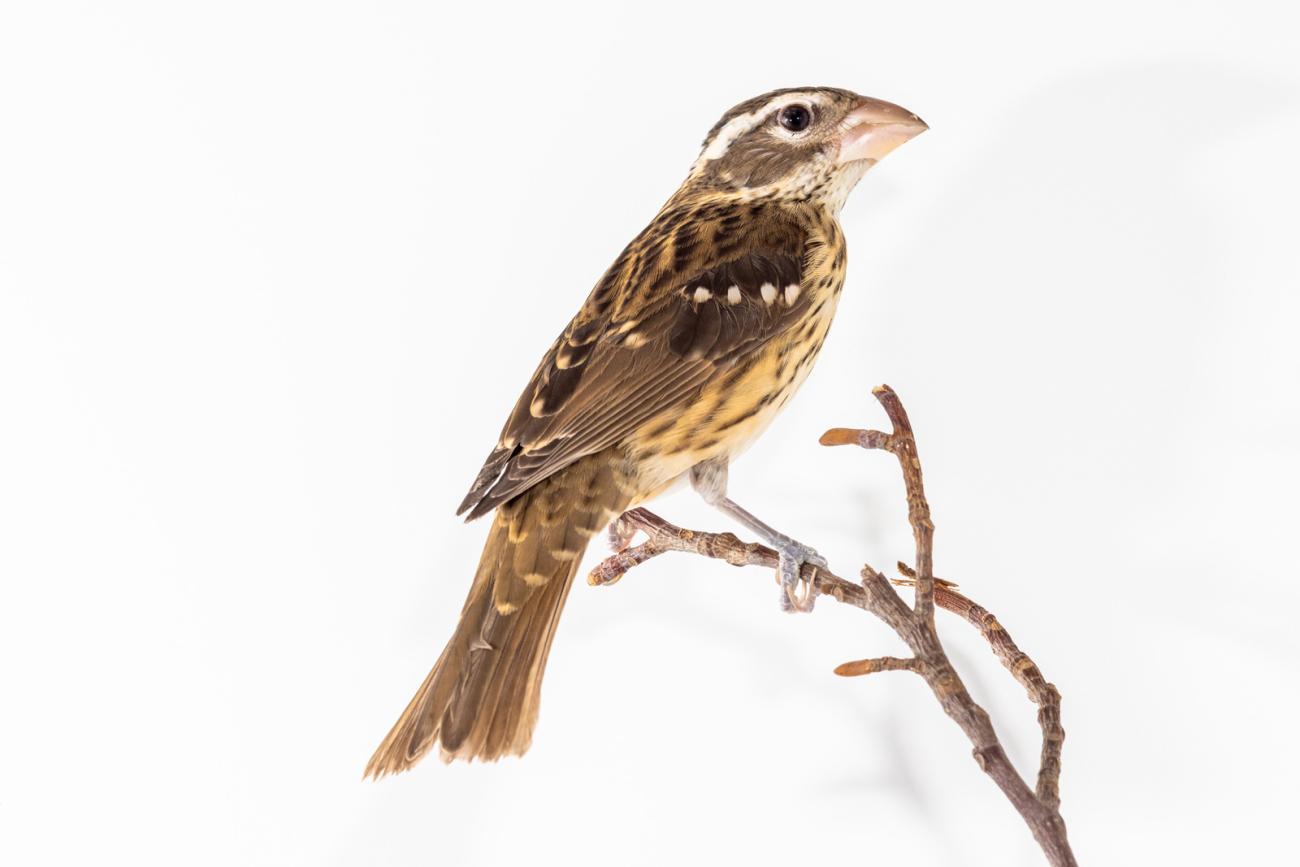
This beautiful songbird won't be found in the coffee plants themselves but if you look up in a coffee farm, you will see it in the tree canopy searching for insects and fruit.
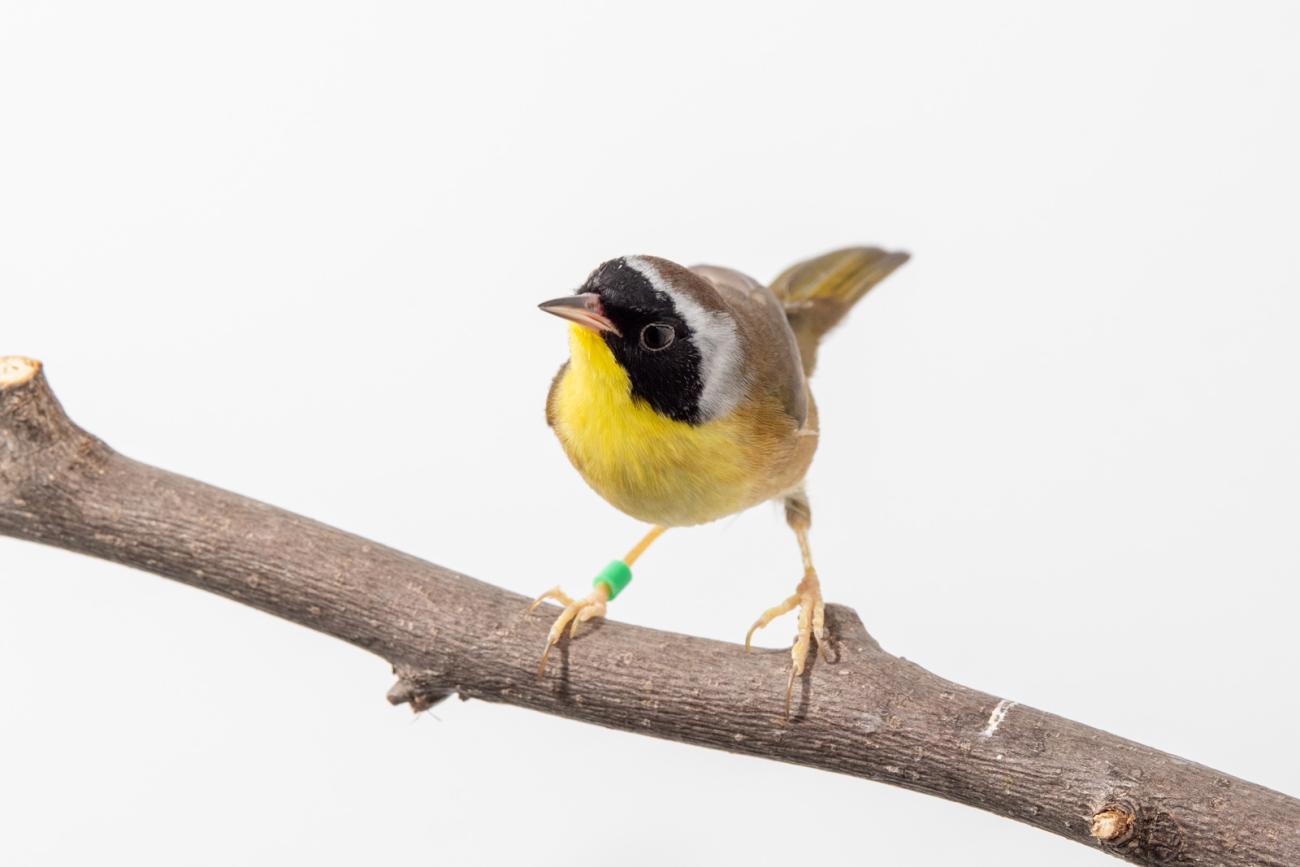
This characteristic bird of grasslands and marshes often spends the winter in coffee growing landscapes of Central America and Mexico where its loud chip can be heard among the coffee plants.
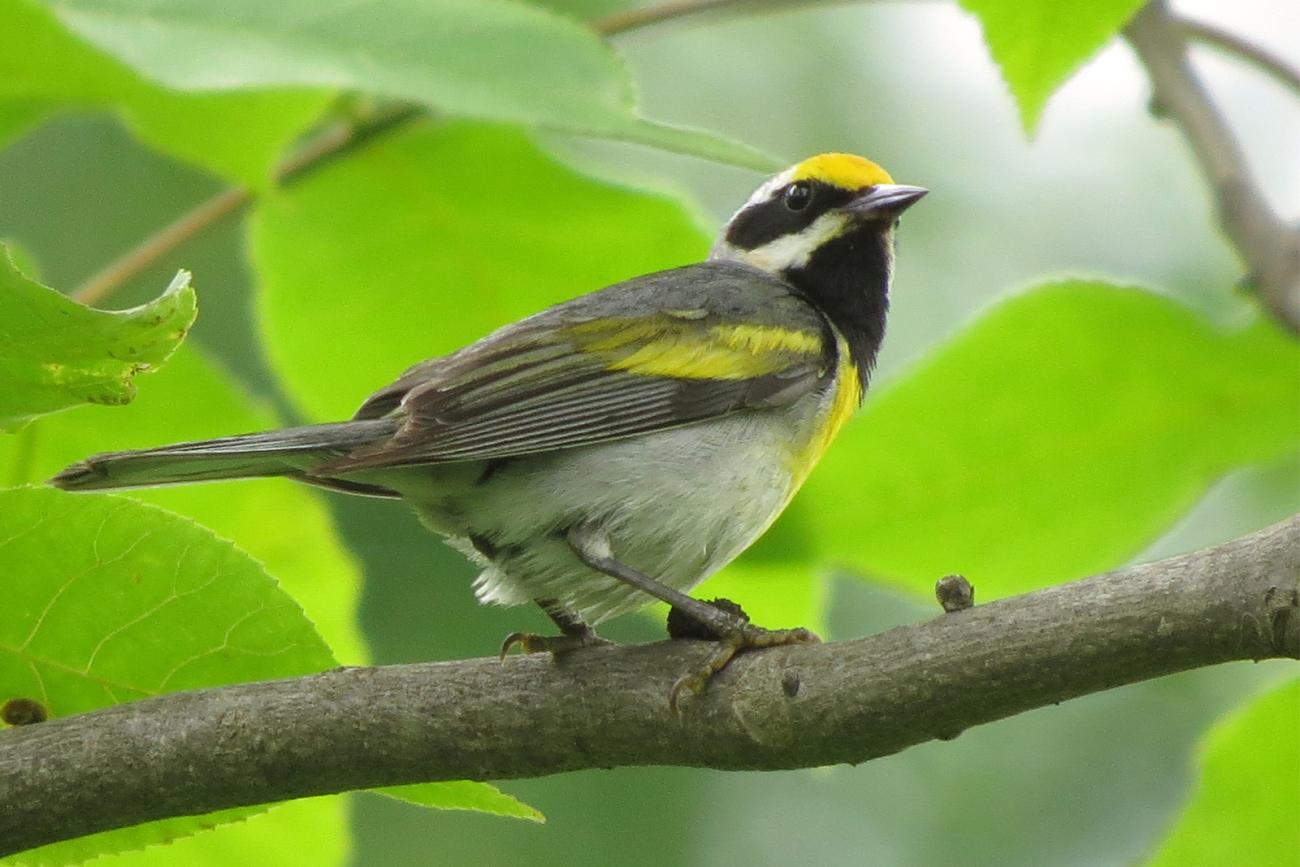
The threatened golden-winged warbler is found primarily in forests and coffee farms that retain thick vegetation with the characteristic hanging dead leaves that these warblers probe inside for insects. Recent studies show female golden-winged warblers are more likely to be found outside of coffee farms while males are more likely to be found within them.
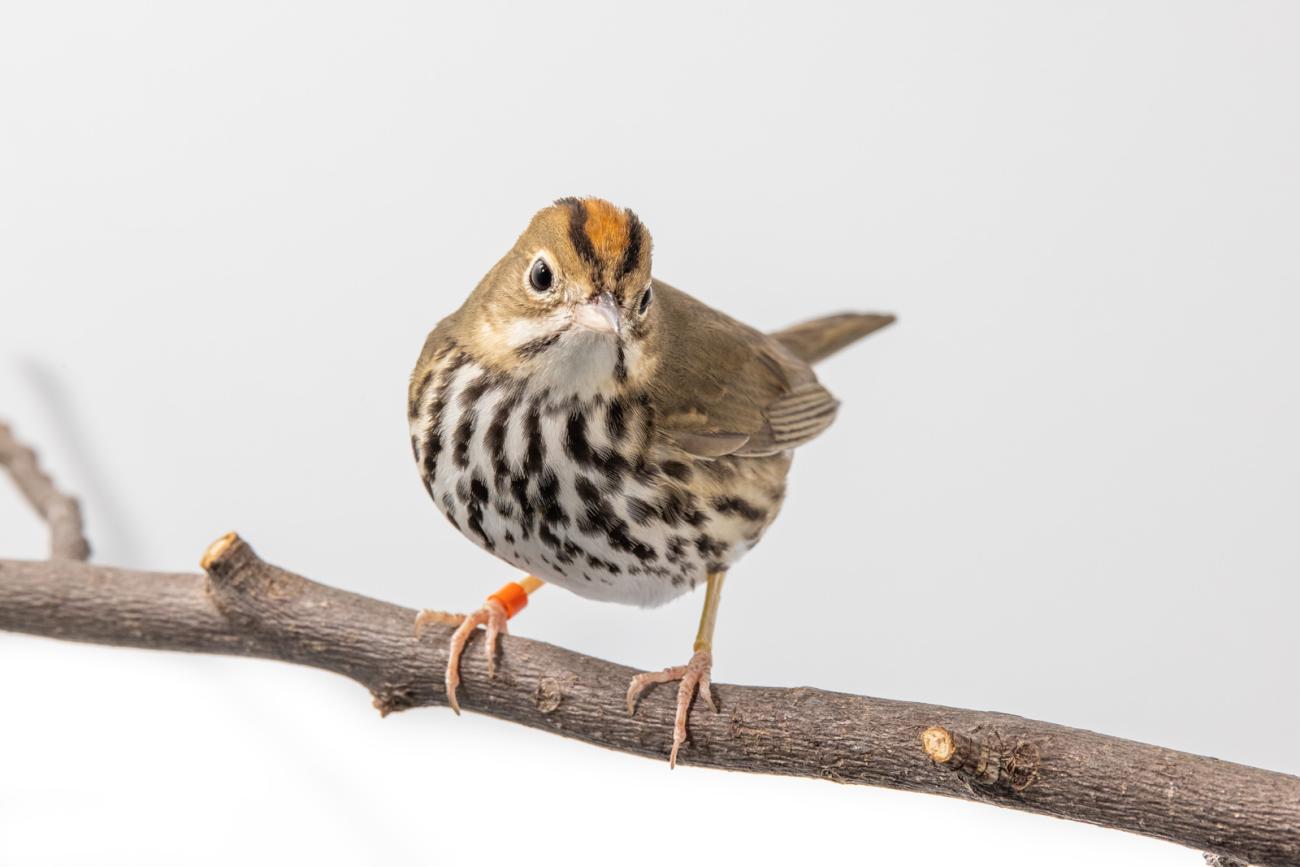
This secretive warbler is commonly found walking and hopping along the soil of coffee farms in Mexico and Central America where it searches for a wide variety of food among dead leaves and low branches.
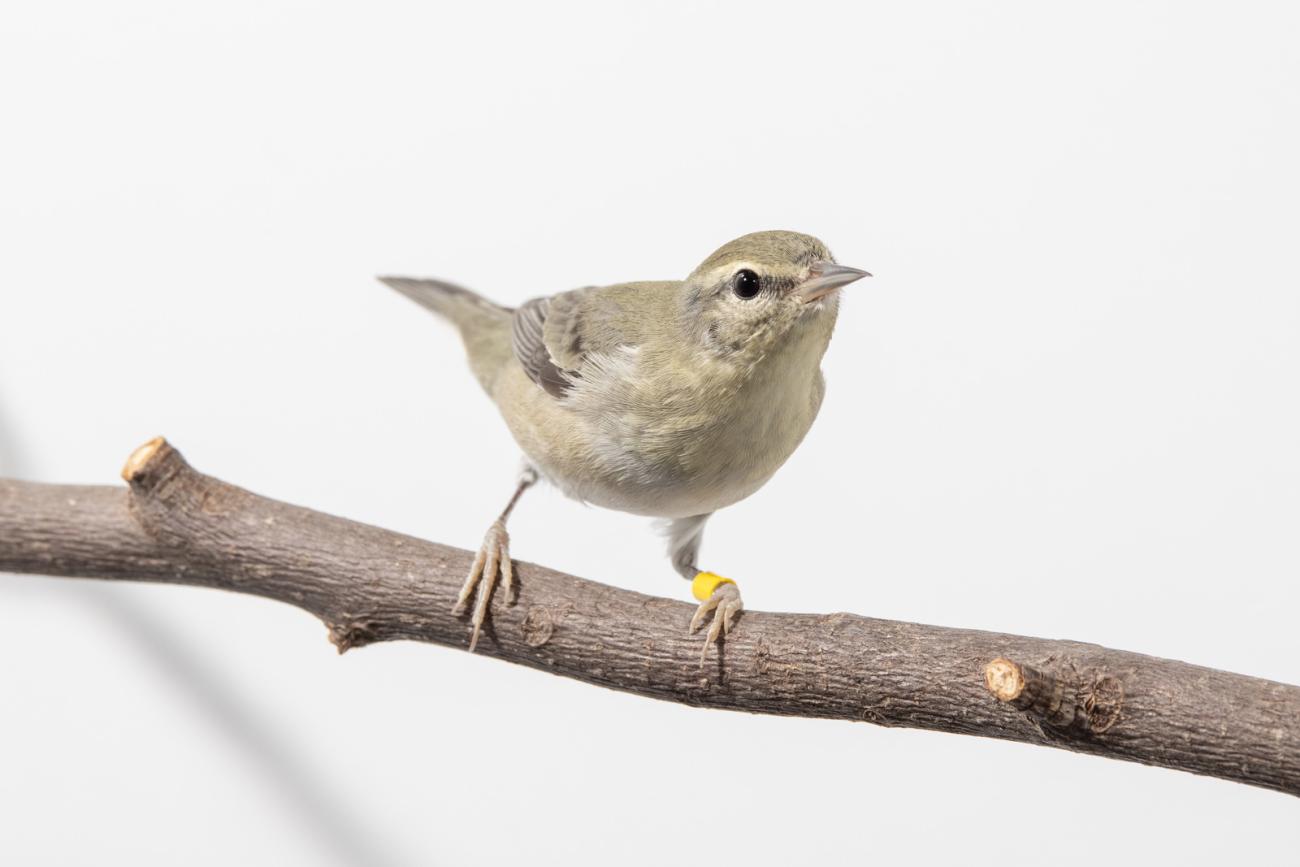
This tiny songbird feasts on both insects and nectar of shade coffee trees in the winter season. It depends on forest patches near coffee plantations to fuel up for spring migration back to the U.S. and Canada.
